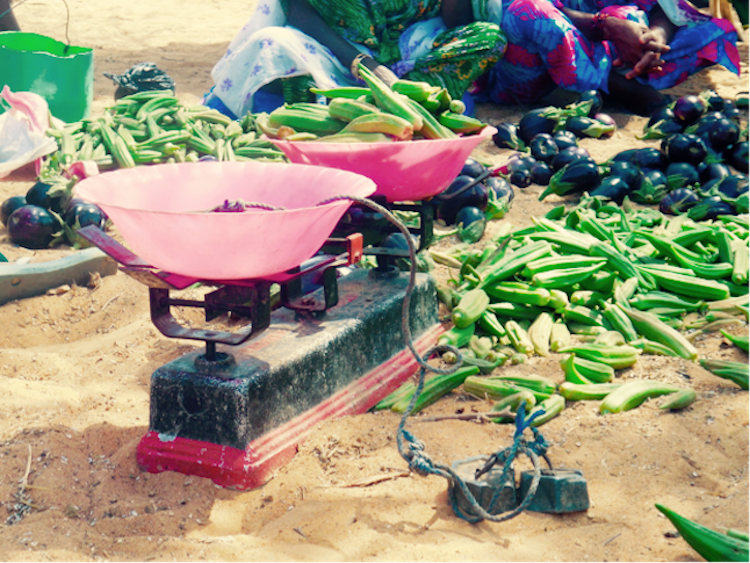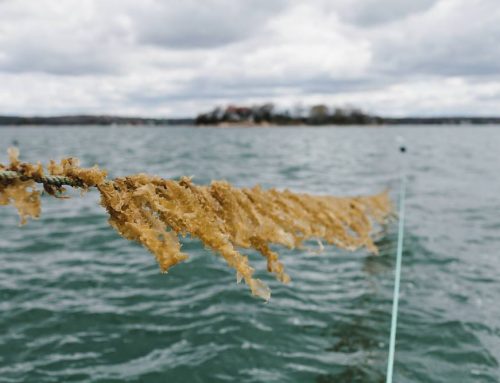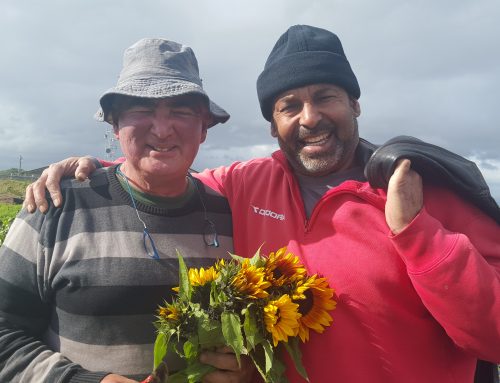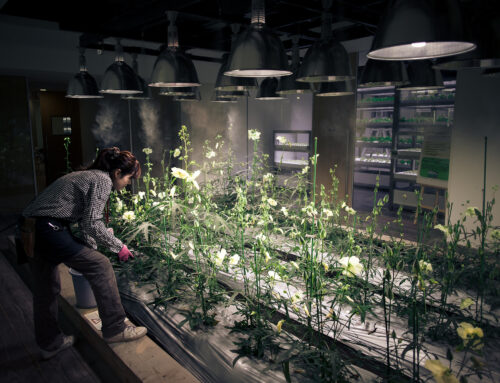by Lea Billen & Deborah Goffner
Can multiplying small-scale “re-greening” in the form of women-run communal fruit and vegetable gardens make a difference for local populations in the Sahel?
The Great Green Wall for the Sahara and the Sahel Initiative (GGW) is a Pan-African project consisting of a contiguous series of landscape-scale interventions designed to cross the African continent with the goal of improving environmental and human well-being in the Sahel. For more on the Great Green wall see this video.
As a result of the GGW activities in Senegal, 11 women-run communal gardens have sprouted up across the GGW path. Each 5-7 hectare garden is established with a drip-irrigation system hooked up to a permanent water supply in close proximity to a village. The gardens are run by women’s associations with 100-300 members/garden. They also benefit from permanent technical support from GGW specialists in horticulture.
The aim of the gardens is to facilitate access to seasonal fresh fruit and vegetables for populations that, up until now, h ave been cut off from fresh food distribution networks due to geographic isolation. The vegetables and fruits are sold at considerably lower-than-market prices to the garden members; the excess produce is sold for profit at local markets. The resulting income earned is reinvested in a common fund that functions according to the model of the West African tontines. This system of revolving micro-credit offers women the possibility to save and invest money in a region where they typically have extremely limited access to financial capital. The gardens were all created according to the GGW prototype, however each one has undergone site-specific adaptations that have enhanced local adoption and efficiency.
ave been cut off from fresh food distribution networks due to geographic isolation. The vegetables and fruits are sold at considerably lower-than-market prices to the garden members; the excess produce is sold for profit at local markets. The resulting income earned is reinvested in a common fund that functions according to the model of the West African tontines. This system of revolving micro-credit offers women the possibility to save and invest money in a region where they typically have extremely limited access to financial capital. The gardens were all created according to the GGW prototype, however each one has undergone site-specific adaptations that have enhanced local adoption and efficiency.
Each garden’s organization makes decisions as to how to best cultivate the land and maximize investments. Some have opted for collective investments (opening an associative grocery shop or buying African seeds that are typically not available through the GGW) rather than personal ones. Others perceive the garden as a way to address animal fodder scarcity by using the garden weeds as animal feed. Others have invented new kinds of micro-credit, far more complex that the one the GGW proposed, yet more well-adapted to the specific socio-economic contexts.
Although there are still some issues pertaining to garden profitability and equitable food accessibility that need to be optimized, one seemingly unanimously positive feature is the garden’s role in promoting a sense of community and social unity for local women. In a region where dwellings are scattered, conviviality is clearly one of the main motivations for women to come together and garden. Gardens have become meeting places where women discuss social issues and local politics. Gardening activities reinforce the solidarity between women. The women’s organizations have become official vehicles to have their voices heard by local and regional officials.
Women are lobbying for new gardens to be created along the GGW path, a sign that suggests that these gardens may well have a role in a positive transformation of the Sahel.
More about the project can be found in French.
In a short film: Science et la grande muraille verte and an article: Image à la une : jardins féminins aux portes du Sahel
An evaluation of part of the project can be found in Amadou Ndiaye’s article “Practices of the Great Green Wall Project in the Ferlo (Senegal): Effects on Pastoral Resilience and Development” (pdf)




